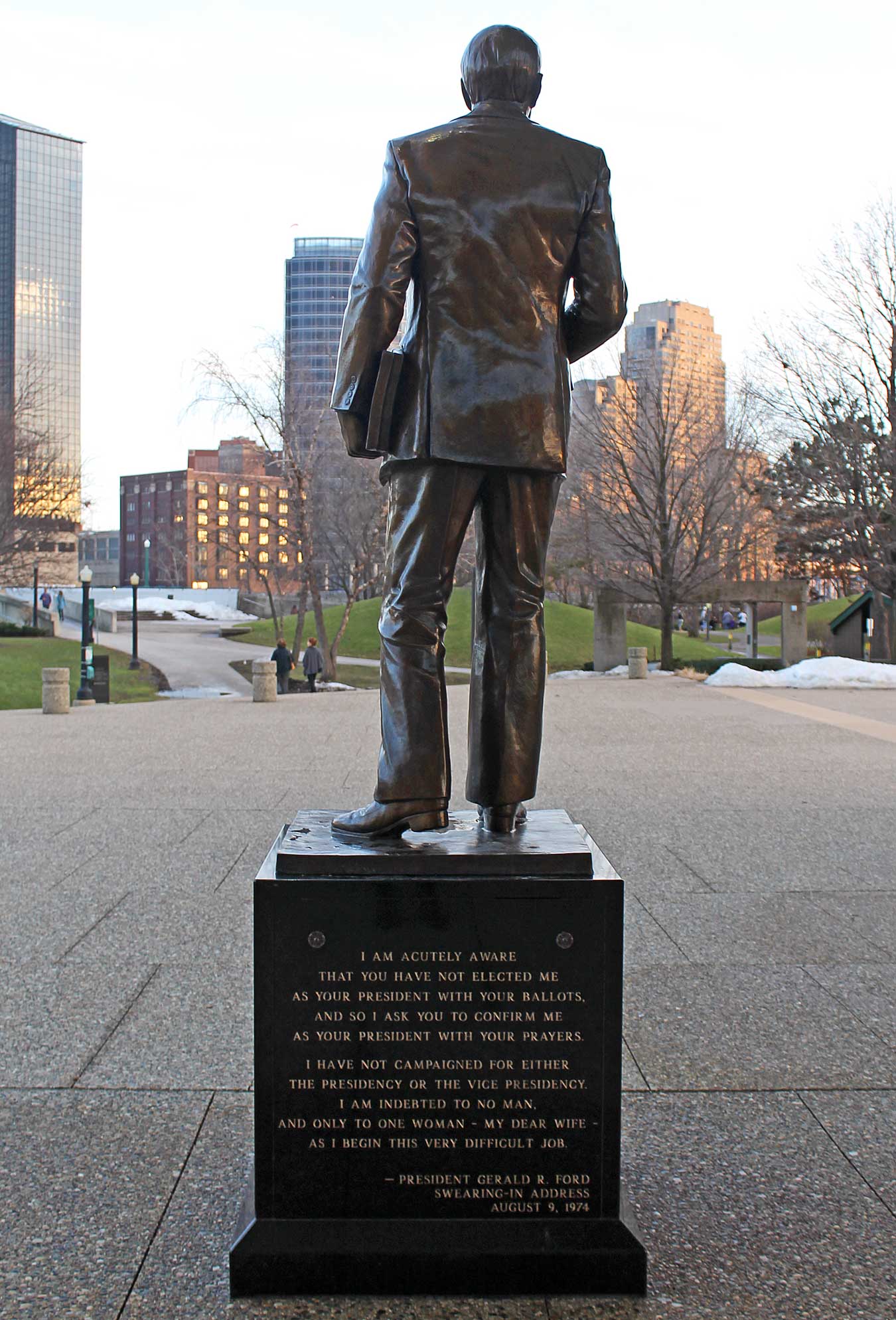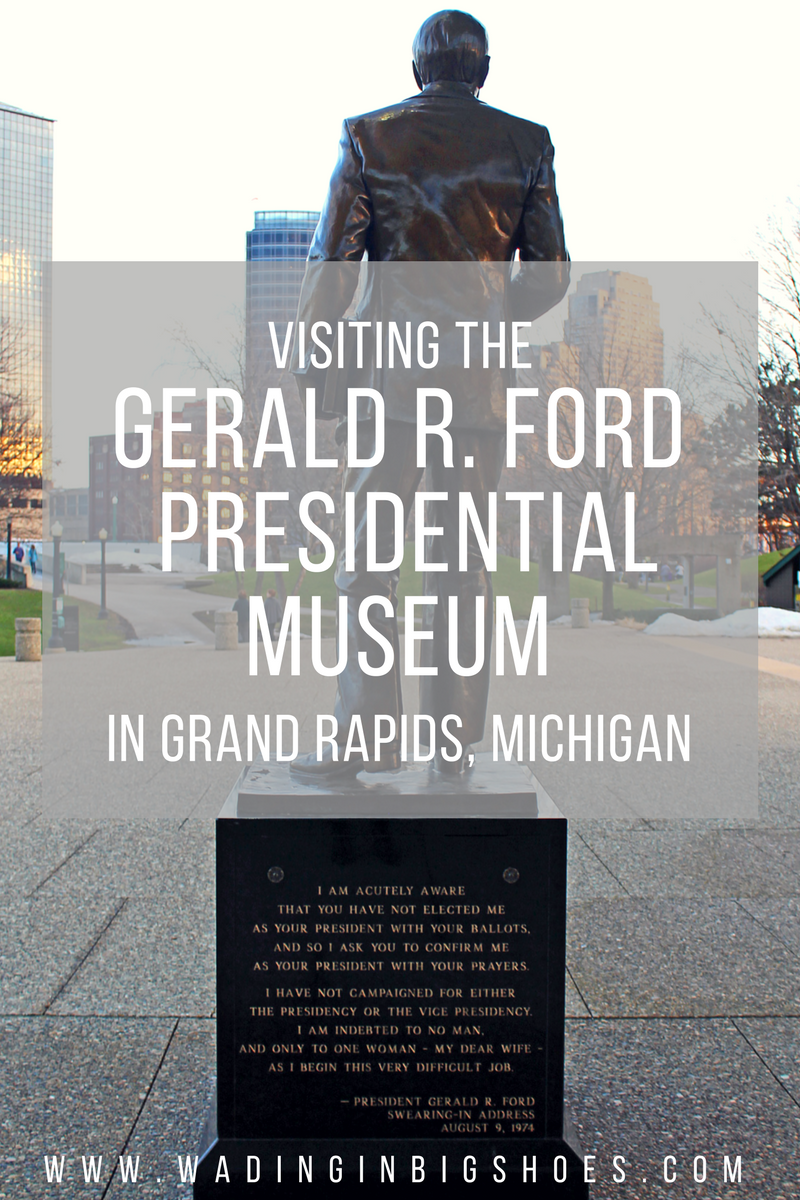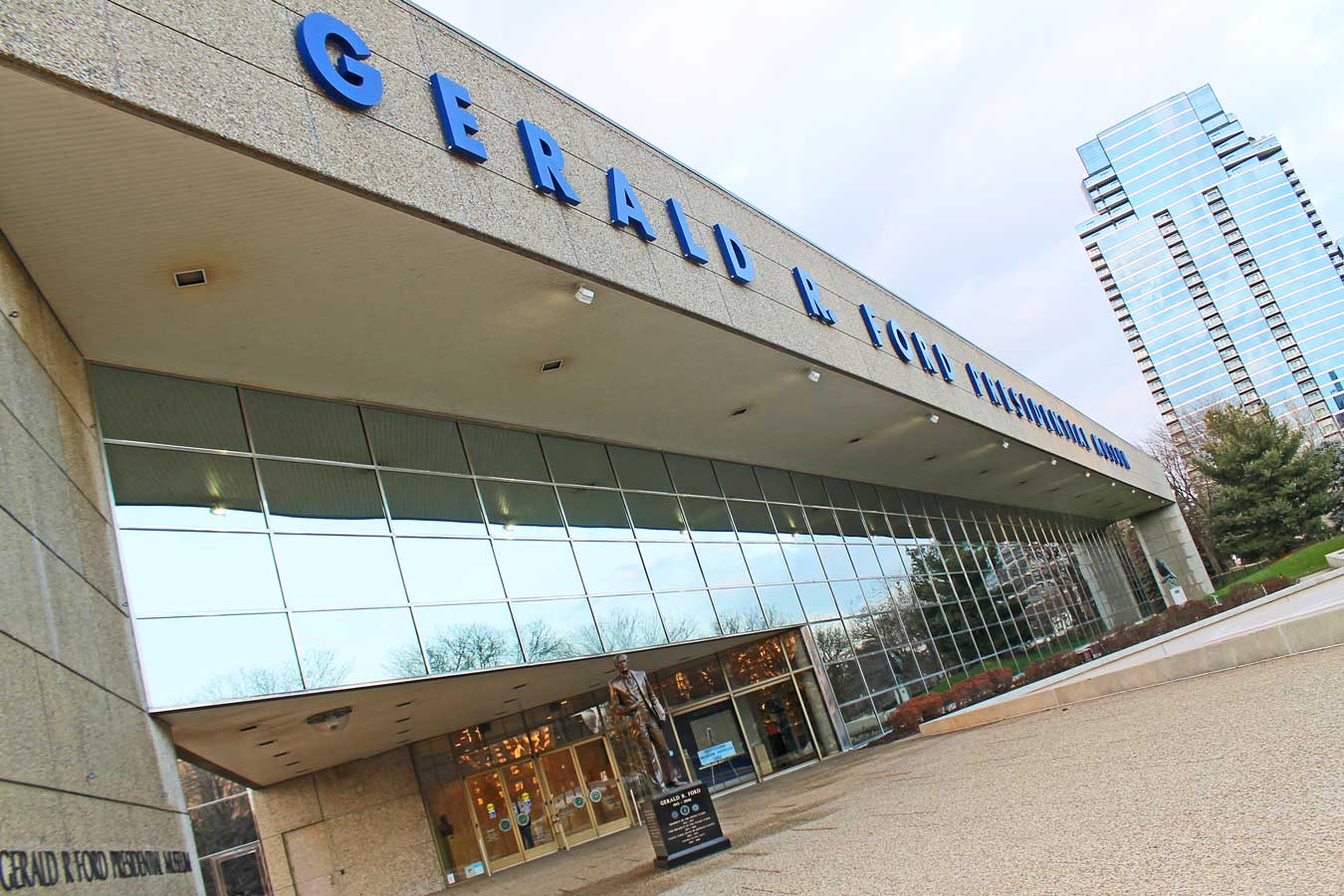
If you ask someone for suggestions of things to do in Grand Rapids, you’ll probably hear “Meijer Gardens” or “Grand Rapids Art Museum” mentioned more than a few times. These are definitely on my list of must-try activities, but one place that I think is often overlooked is the Gerald R. Ford Presidential Museum.
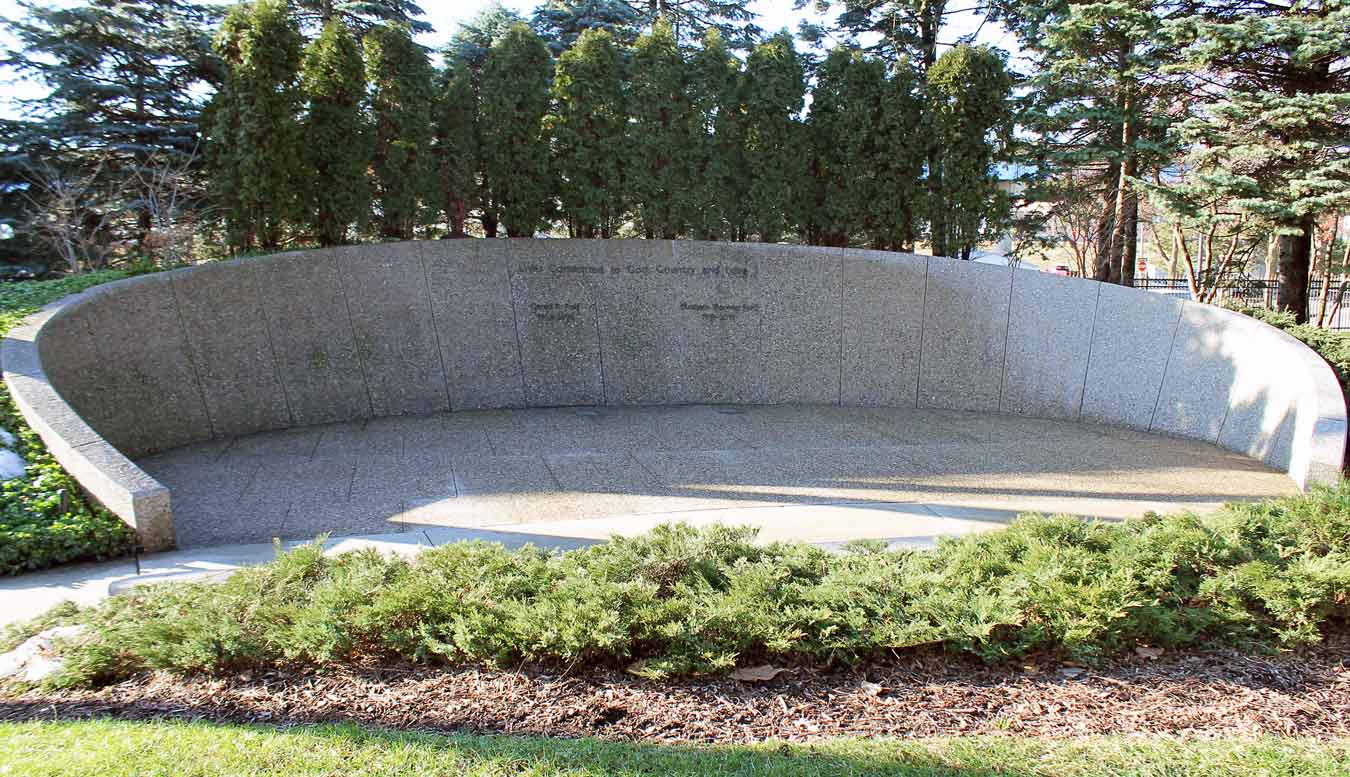
I’ve never been the greatest history student, so I was glad for the reference, which reminded me that Ford wasn’t actually elected to be the nation’s leader. Rather, his presidency happened through a series of unique events that involved Vice President Agnew’s and President Nixon’s subsequent resignations. With a newly-piqued curiosity, I was excited to go inside and learn exactly what this man—and his legacy—were all about.
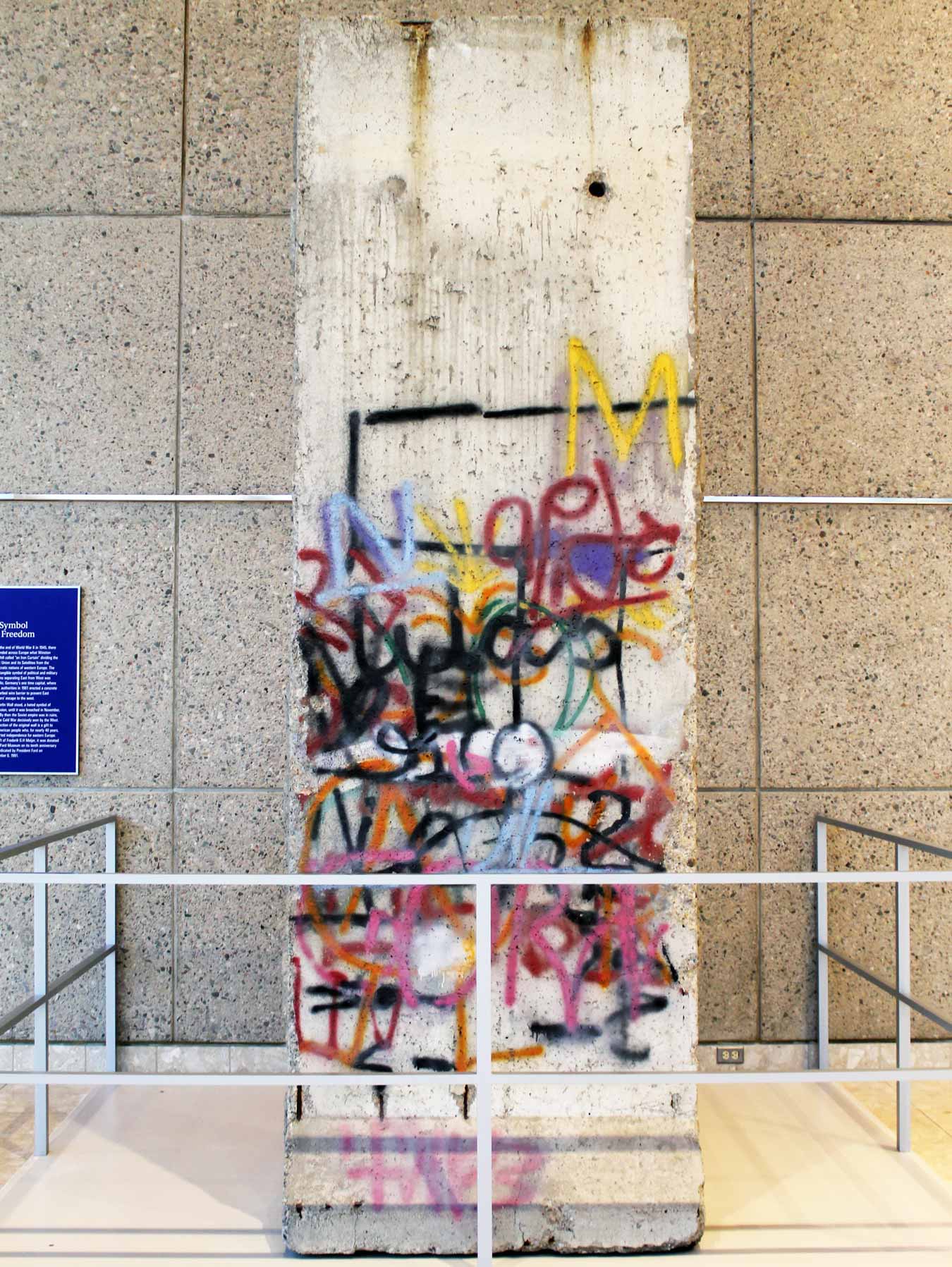
We entered the museum and an awesome, gigantic lobby stood before us. A huge presidential seal decorated the wall behind a tall staircase, and a lone artifact stood prominently on the main floor: a small portion of the Berlin Wall. It was surreal standing so close to a piece of something that had such a monumental impact in history—both while it was standing and after it had been torn down.
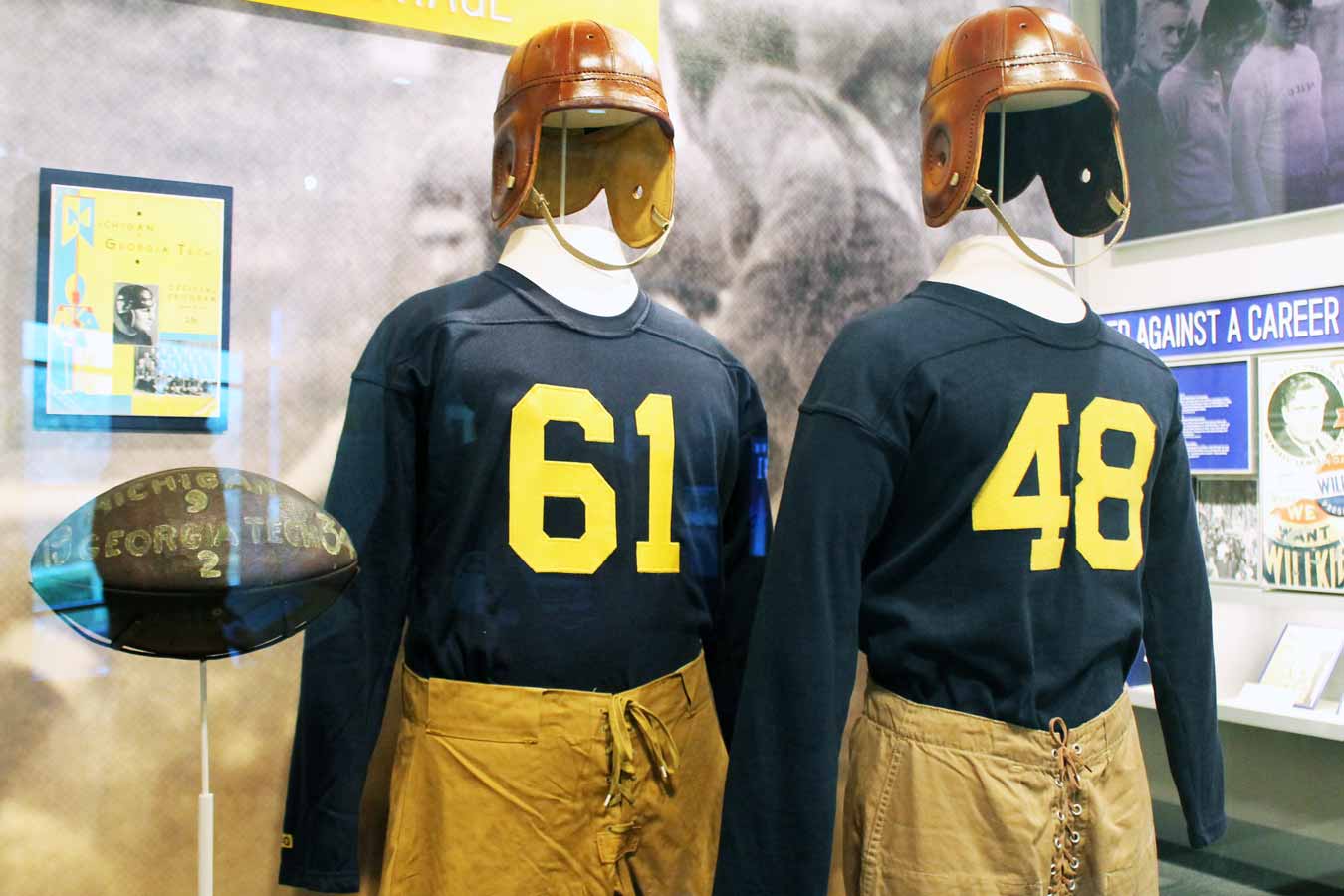
Upstairs, we started our self-led tour by watching a short documentary on Gerald Ford’s life. The film tied in to exhibits we’d walk through next, which covered everything from the former Grand Rapids resident’s childhood, participation in the Eagle Scouts, high school and college football careers, and Naval service during World War II. I found it fascinating to learn about monumental moments in Ford’s pre-political life, including his near-death experience during a typhoon on the USS Monterey.
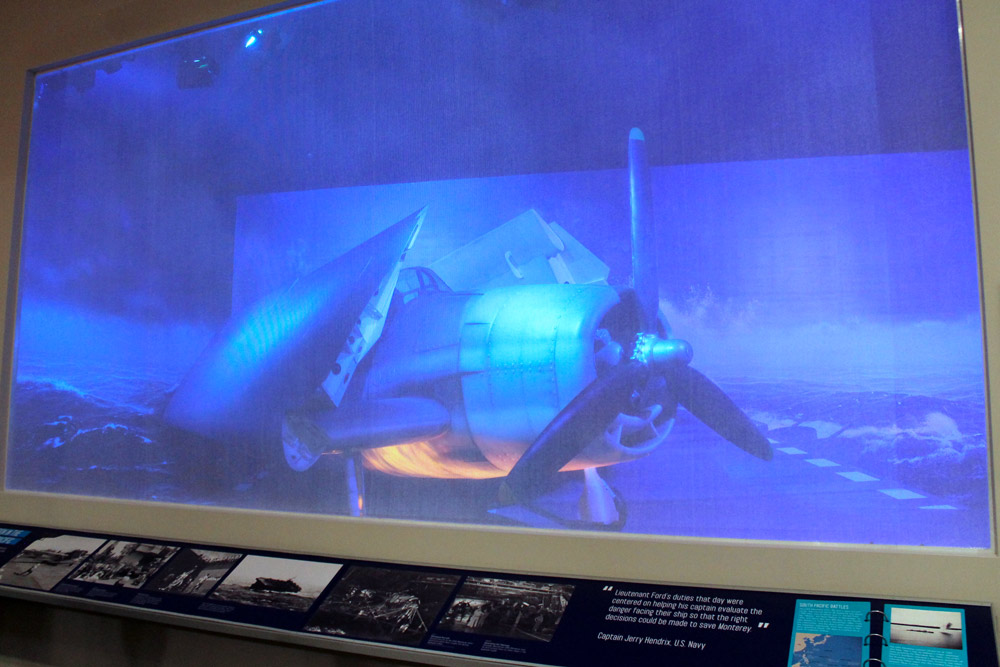
The museum kind of reminded me of an IKEA in the way that you could walk continuously in one direction and somehow, make it through the whole thing without getting sidetracked. The entire stretch was set up like a tangible timeline, so we made our way through the years where Ford met his wife and started a family, ran for Congress, became involved in investigating Kennedy’s assassination, and eventually, was appointed by President Nixon to replace Vice President Agnew after the VP’s resignation. Once Watergate unfolded and Nixon announced his own resignation, Ford stepped up as the first (and to this day, only) U.S. president to take office without having been voted into the role of vice president or president. The thought of such a challenge is daunting to me, and makes me wonder if Ford had any idea what he was getting into when he first accepted the role of vice president.
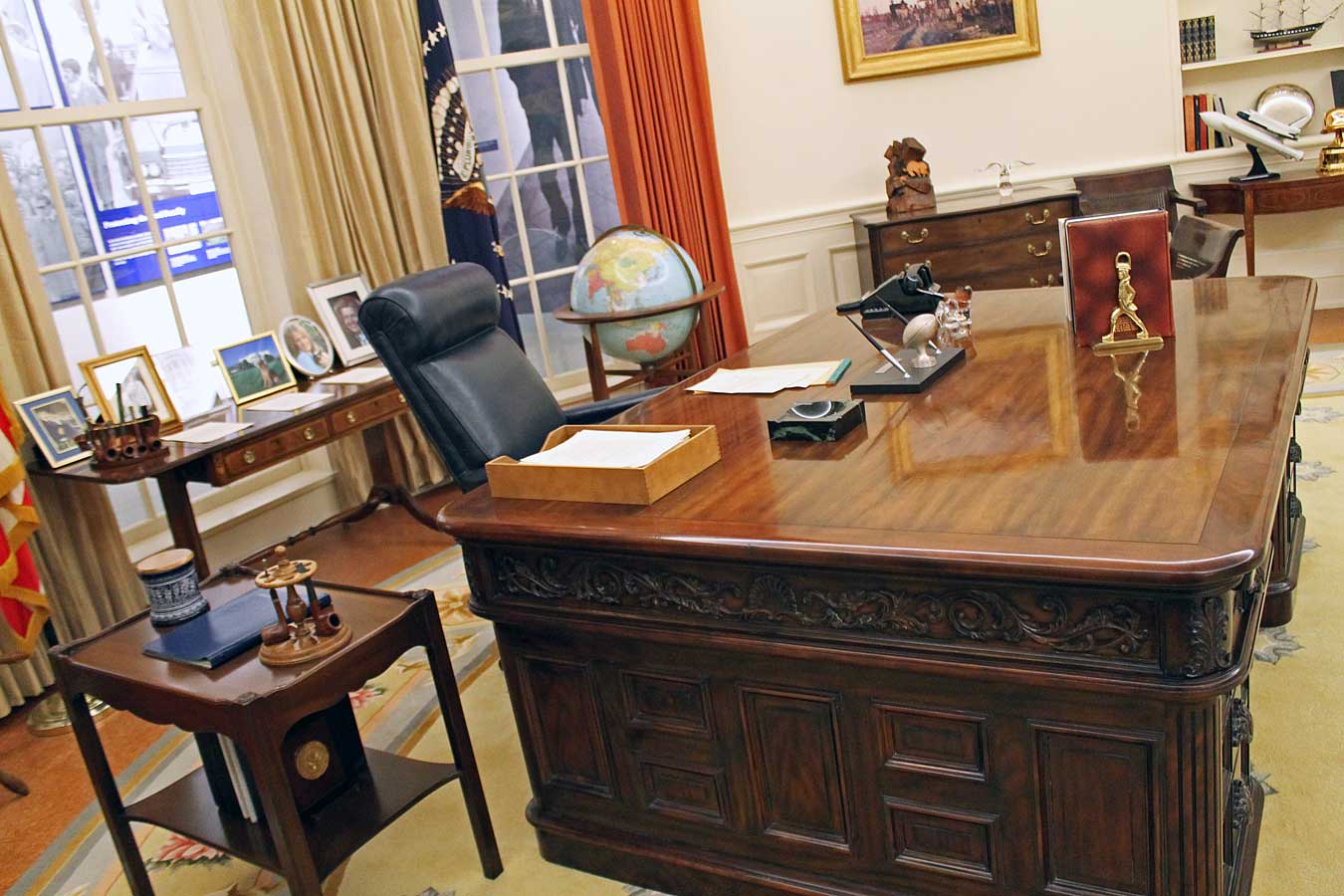
The rest of the exhibits focused on major political events and challenges that Ford encountered with public opinion, press, and other inevitable conflicts. Of course, a museum dedicated to the life and career of a specific person is going to focus on the accomplishments and positive aspects of that person, so I’m sure that there’s a gamut of opinions about Ford and his time in office that range far beyond what’s expressed in this museum. After learning about so many different aspects of Ford as a person, however, I have to say that I developed a respect for his cooperation with the media and devotion to bringing the country together during a difficult time of divisiveness.
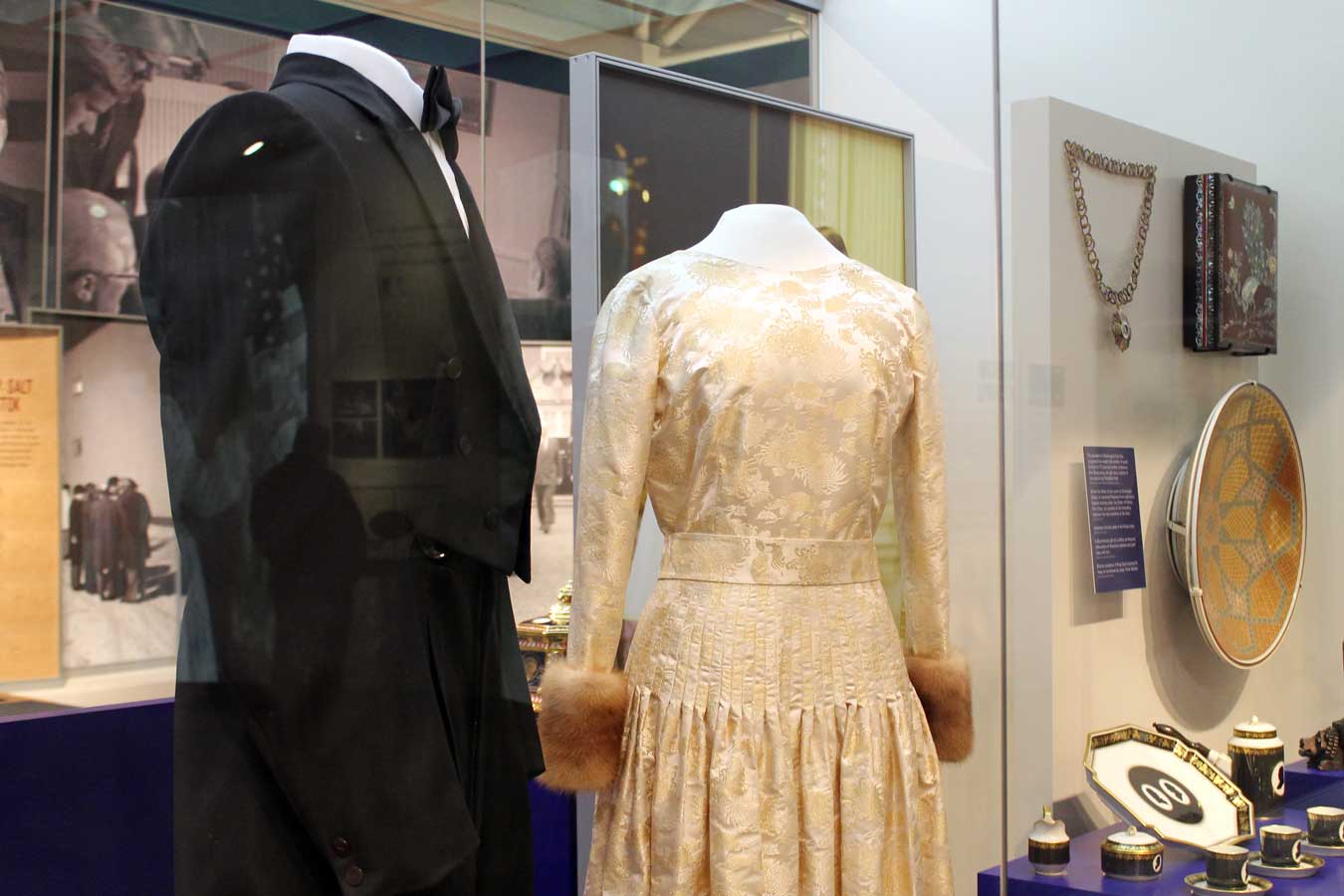
The museum also included a special exhibit called “SPACE: A Journey To Our Future” (runs now through May 7, 2017). Some highlights of this area included an up-close look at moon rocks and a walk through a lunar module simulator. I enjoyed pretending I was an astronaut for a few minutes and unsurprisingly had a hard time dragging Brad out of this area when the museum closed at the end of the day.
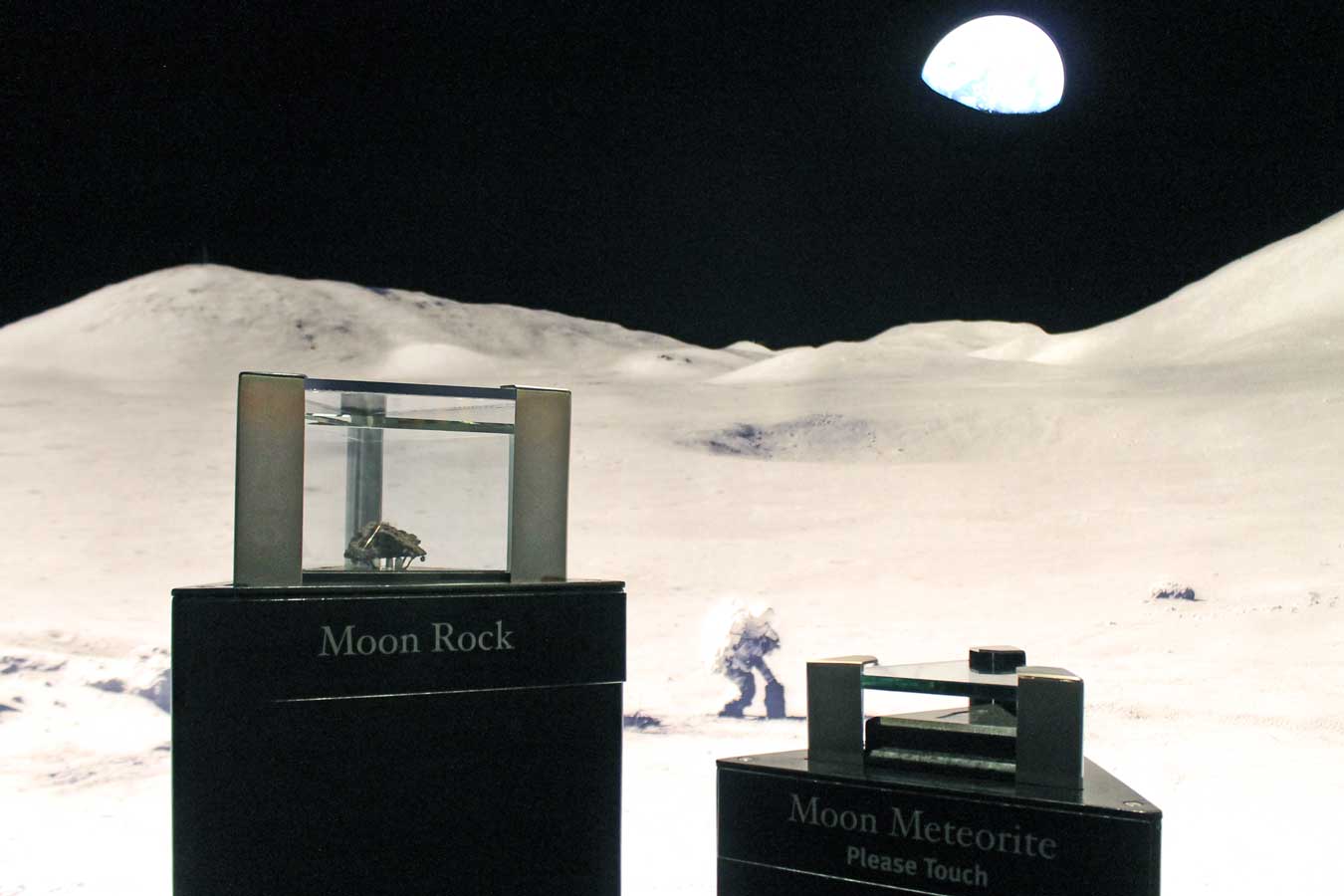
Gerald R. Ford Presidential Museum Hours & Admission
The Gerald R. Ford Presidential Museum is open 7 days a week (Monday through Saturday from 9:00 AM to 5:00 PM and Sunday from 12:00 PM to 5:00 PM). Admission is $8 for adults, $7 for military and senior citizens, $6 for college students, $4 for youth ages 6-18, and free for kids 5 and under. On-site parking is free.
